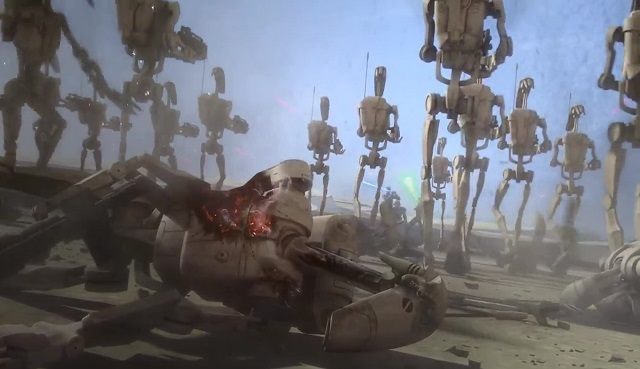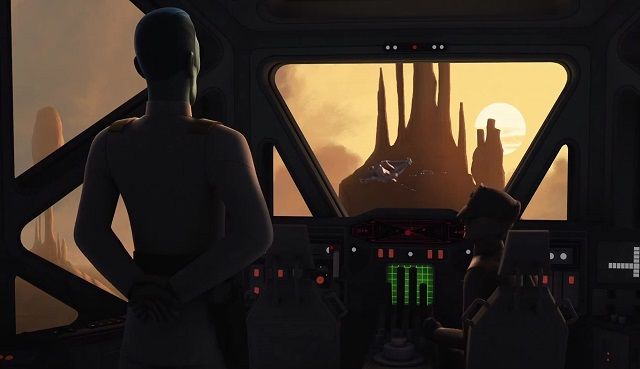![Star-Wars-Propaganda-Poster-Set_Page_06[1]](http://eleven-thirtyeight.com/wp-content/uploads/2016/10/Star-Wars-Propaganda-Poster-Set_Page_061-337x450.jpg) Today we conclude our week of Star Wars Propaganda coverage with the second part of our interview with author Pablo Hidalgo. This piece is a continuation of last Friday’s interview segment, where we discussed the development of the Propaganda book and how both it and its art was commissioned. Last Wednesday, I shared my own thoughts about the Propaganda book, particularly enthusing over how it used art and narrative to create an open and accessible form of world-building that enhanced storytelling seen in the Star Wars movies and novels. Appropriately, this second part of our conversation with Pablo focuses on narrative and in-universe storytelling.
Today we conclude our week of Star Wars Propaganda coverage with the second part of our interview with author Pablo Hidalgo. This piece is a continuation of last Friday’s interview segment, where we discussed the development of the Propaganda book and how both it and its art was commissioned. Last Wednesday, I shared my own thoughts about the Propaganda book, particularly enthusing over how it used art and narrative to create an open and accessible form of world-building that enhanced storytelling seen in the Star Wars movies and novels. Appropriately, this second part of our conversation with Pablo focuses on narrative and in-universe storytelling.
My questions below are in bold, and Pablo’s answers are in plaintext.
Speaking of the in-universe work already done – one of my favorite parts of this book that it’s in-universe. I like in-universe work in general, whether it be travel posters or propaganda posters. How did it help in writing this book for it to be in-universe? You could have just as easily written it as an out-of-universe book like the Visual Dictionary. How does being in-universe help and what guided that decision?
For one thing, it’s more fun because I get to play a character, rather than my usual character of the omniscient third-person narrator. By playing a character – I don’t really do a lot of fiction, though, this book is technically classified as non-fiction. It is a work of fiction though, because this book is describing a fictional space in the way that it does. So as a result, I don’t get to do a lot of character work in the material that ends up being published. So this is my chance to be a character, which is fun. The thing that it [does] is that it allows you to play with point of view, and it gives you a stronger ability to editorialize and duck out of conversations that you may not be ready to talk about. An example is, if I was going to tell you the history of any country—if I was going to tell you the history of the U.S.—I would edit that to tell you what I thought was important for you to hear. But sometimes when it comes to telling histories of fictional universes, there’s this weird burden to tell you everything. That would be the equivalent of me telling you the history of the U.S. and starting with, “When the Earth cooled, the landmasses distributed themselves…” but you don’t need that information. As a result, an in-universe narrator can take for granted what you as an in-universe reader should already know. And the funny thing is, those are things that maybe haven’t been defined, such as the origins of certain institutions and the origins of certain parts of history. But I can avoid getting into that detail because presumably you already know that even though outside that universe [you] don’t.
![Star-Wars-Propaganda-Poster-Set_Page_05[1]](http://eleven-thirtyeight.com/wp-content/uploads/2016/10/Star-Wars-Propaganda-Poster-Set_Page_051-338x450.jpg) On Wednesday, I
On Wednesday, I 

![Veers_targets[1]](http://eleven-thirtyeight.com/wp-content/uploads/2016/10/Veers_targets1-1024x435.png)
